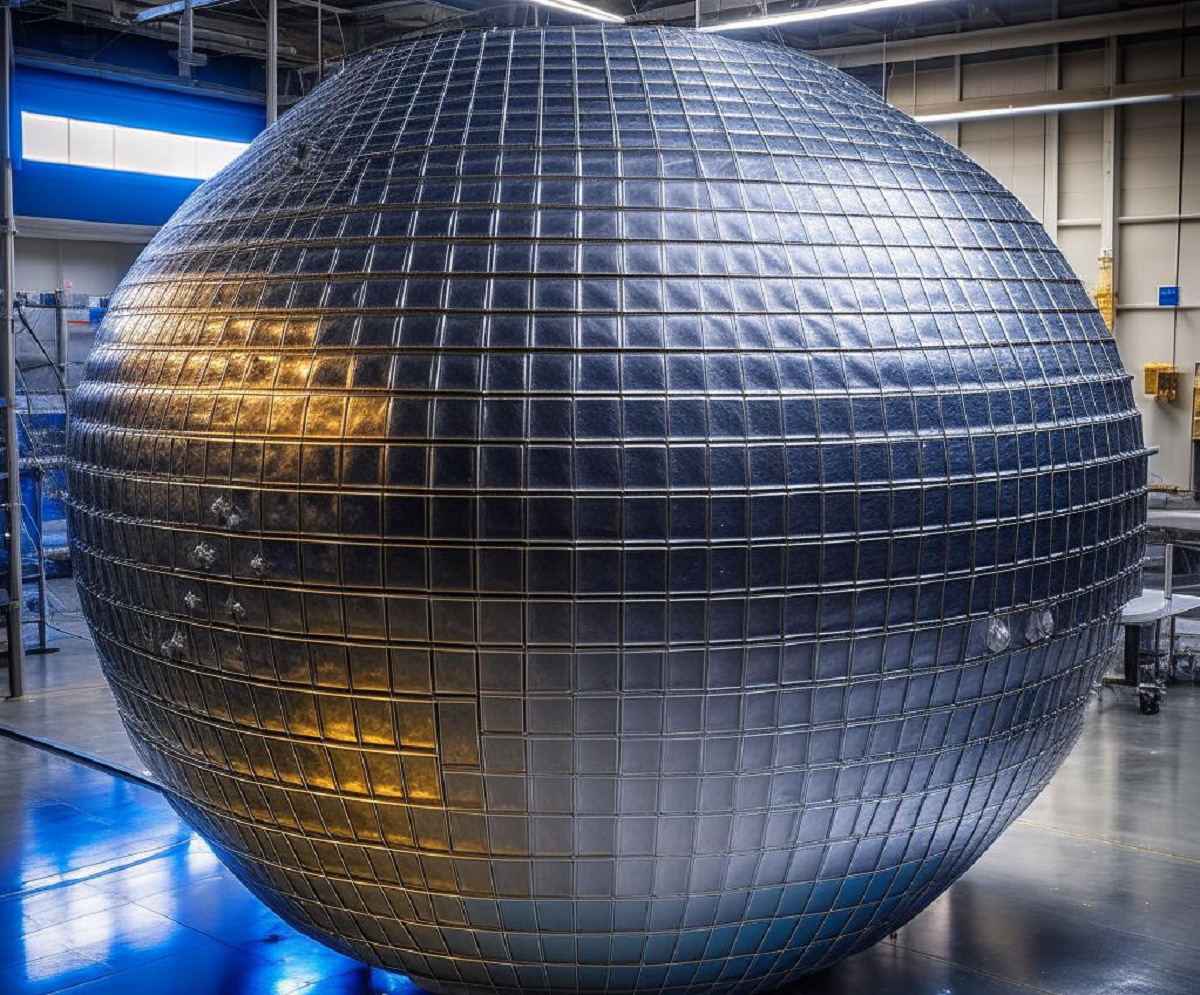St Petersburg University scientists develop a mathematical model to optimise the design of thermal protection systems for spacecraft
Mechanics from St Petersburg University have developed a mathematical model that takes into account non-equilibrium processes occurring at high velocities in the gas flow and on the surface. This model can be used for detailed modelling of the interaction of gas with the surface of a spacecraft, which is extremely important when designing its thermal protection.

In a non-equilibrium flow of a gas mixture, microscopic processes associated with the interactions of molecules (redistribution of internal energy, chemical reactions, and ionisation) occur on the same time scale as changes in hydrodynamic parameters such as velocity, pressure, and temperature. This happens at high gas velocities and temperatures. Scientists around the world are studying these processes.
The research findings are published in the Physics of Fluids scientific journal.
Even more interesting phenomena occur during the interaction of a non-equilibrium rarefied gas with the surface of a solid body. When the gas is close to the surface, its velocity and temperature can be very different from the indicators in the volume of the gas due to the low density. This is called the ’slip effect’. It reflects the physical interaction of a gas with a solid surface. The surface of a body can also act as a catalyst, influencing the energy states of the particles and the ongoing chemical reactions. These influences significantly affect the composition of the mixture and the transfer of heat and mass.
As part of our research, a mathematical model was developed. It takes into account non-equilibrium processes in the gas and on the surface, such as adsorption / desorption, excitation and deactivation of vibrational degrees of freedom, and heterogeneous chemical reactions.
Elena Kustova, Head of the Department of Hydroaeromechanics, St Petersburg University
’This made it possible to describe in detail the dynamics and kinetics of a rarefied non-equilibrium gas near the surface of solids. The main feature of the obtained boundary conditions is the ability to correctly interpret the effects of the physical interaction of a gas with the surface of a body and take into account the influence of interfacial heterogeneous chemical reactions,’ said Elena Kustova, Head of the Department of Hydroaeromechanics at St Petersburg University.
To take these effects into account is extremely important in a number of practical problems. For example, those related to: spacecraft entry into the atmospheres of planets; the study of supersonic flows in the nozzles of ground-based aerodynamic installations and rocket engines; and the analysis of gas flows in microchannels used in microelectronics and vacuum installations. This model can be used to design thermal protection systems for spacecraft. In particular, reducing the thermal protection layer of the space recovery vehicle opens up prospects for increasing its disposable load.
St Petersburg University, the oldest university in Russia, was founded on 28 January (8 February) 1724. This is the day when Peter the Great issued a decree establishing the University and the Russian Academy of Sciences. Today, St Petersburg University is an internationally recognised centre for education, research and culture. In 2024, St Petersburg University will celebrate its 300th anniversary.
The plan of events during the celebration of the anniversary of the University was approved at the meeting of the Organising Committee for the celebration of St Petersburg University’s 300th anniversary. The meeting was chaired by Dmitry Chernyshenko, Deputy Prime Minister of the Russian Federation. Among the events are: the naming of a minor planet in honour of St Petersburg University; the issuance of bank cards with a special design; the creation of postage stamps dedicated to the history of the oldest university in Russia; and the branding of the aircraft of the Rossiya Airlines to name just a few. Additionally, the University has launched a website dedicated to the upcoming holiday. The website contains information about outstanding University staff, students, and alumni; scientific achievements; and details of preparations for the anniversary.
The model was tested in the case of a gas flow study near a space recovery vehicle with a surface of silicon dioxide in the Earth’s atmosphere. The results showed that the effect of rarefaction is more important for predicting the properties of the flow compared to the effect of chemical reactions on a low active surface. The heat flux at the vehicle wall, calculated using the new model at an altitude of 85 km turned out to be approximately 25% lower than when using standard boundary conditions.
The research was carried out within the framework of the grant of the Russian Science Foundation ’Experimental and theoretical research on supersonic gas flows with plasma formations’.

